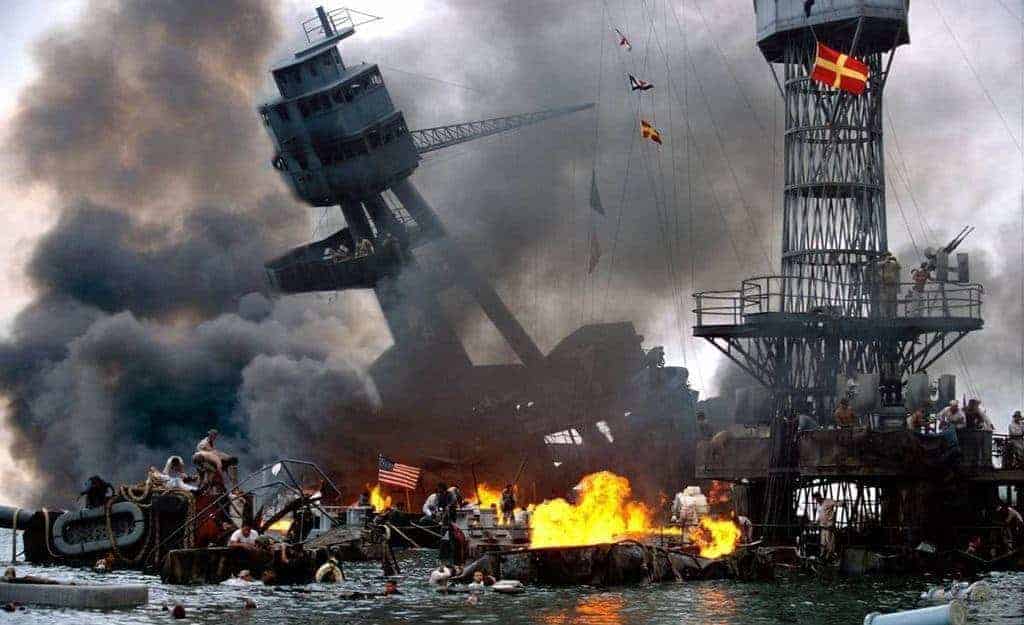In order to maintain security in a conflicted world, air superiority has been essential for global-leading countries. Since the invention of the airplane, all major wars have been influenced and sometimes won or lost because of air attacks. In some instances, the attacks from the sky have been so devastating that even the countries who arranged them could not celebrate their victories due to the shock, fear and destruction caused.
The following guide covers ten air attacks that shook the world, either because of the level of destruction caused, the influence that the attack had on the course of war or because of their innovative approach.
1. Germany’s Blitzkrieg over Poland

Germany’s Blitzkrieg, otherwise referred to as the lightning war began over Poland during the Second World War on September 1, 1939. The air attacks suffered in the Blitzkrieg were a thoroughly new type of warfare and shocked the world. The tactics used depended completely on speed and surprise and resulted in economical, infrastructural and psychological damage. The use of German Luftwaffe in conjunction with ground forces proved too strong for Poland to cope with and even Poland’s most capable aircraft, the P.Z.L P.11 was undermined by the power and speed of German forces.
The Poles attempted to defend their country but stood little chance against the devastating attacks from the skies and soon enough, the Soviet Union, who were acting in line with the Germans, crossed the border into Poland. Germany’s Blitzkrieg over Poland was the first of a horrific terror that ravished countries throughout Europe, including Belgium, France, and the Netherlands.

